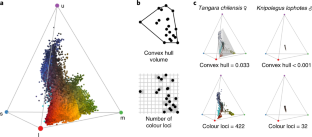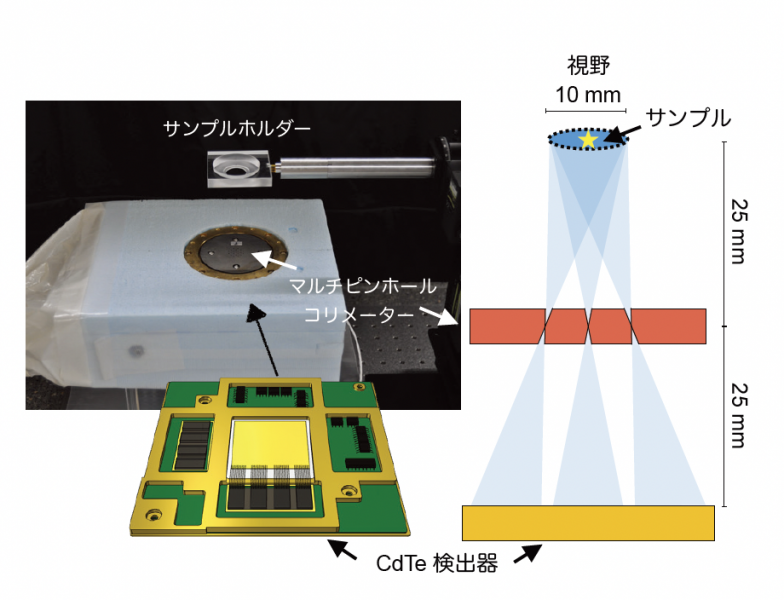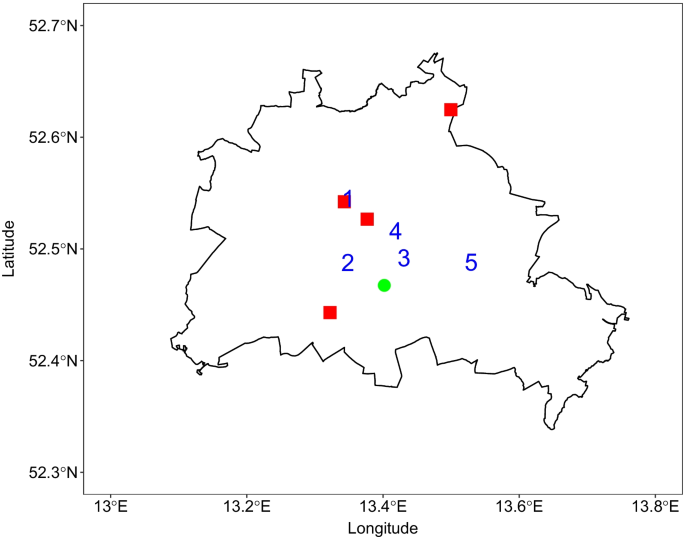2022-04-04 バース大学
・シェフィールド大学を中心に、バース大学ミルナー進化センターのTamás Székely教授を含む研究チームは、4,500種以上の渡り鳥(スズメ、鳴禽、フィンチなどの止まる鳥)の写真を撮影しました。写真のピクセルから情報を抽出し、各標本の1,500個の点で羽の色を特定した。これにより、色彩の豊かさを直感的に判断することができるようになった。
・熱帯地方の鳥類がなぜ色鮮やかなのかは完全には解明されていないが、今回の研究結果は、熱帯地方と非熱帯地方の種の食性の違いや、生息地の影響が重要な役割を果たしている可能性を示唆している。
・この研究結果は『Nature Ecology & Evolution』誌に掲載され、熱帯の鳥は極地に近い非熱帯の鳥に比べて約30%色鮮やかであることが明らかになりました。
<関連情報>
- https://www.bath.ac.uk/announcements/tropical-birds-are-more-30-more-colourful-than-those-living-near-the-poles-says-research/
- https://www.nature.com/articles/s41559-022-01714-1
鳥類の色彩における緯度勾配 Latitudinal gradients in avian colourfulness
Christopher R. Cooney,Yichen He,Zoë K. Varley,Lara O. Nouri,Christopher J. A. Moody,Michael D. Jardine,András Liker,Tamás Székely &Gavin H. Thoma
Nature Ecology & Evolution Published: 04 April 2022

Abstract
It has long been suggested that tropical species are generally more colourful than temperate species, but whether latitudinal gradients in organismal colourfulness exist remains controversial. Here we quantify global latitudinal trends in colourfulness (within-individual colour diversity) by collating and analysing a photographic dataset of whole-body plumage reflectance information for >4,500 species of passerine birds. We show that male and female birds of tropical passerine species are generally more colourful than their temperate counterparts, both on average and in the extreme. We also show that these geographic gradients can be explained in part by the effects of several latitude-related factors related to classic hypotheses for climatic and ecological determinants of organismal colourfulness. Taken together, our results reveal that species’ colourfulness peaks in the tropics for passerine birds, confirming the existence of a long-suspected yet hitherto elusive trend in the distribution of global biodiversity.


